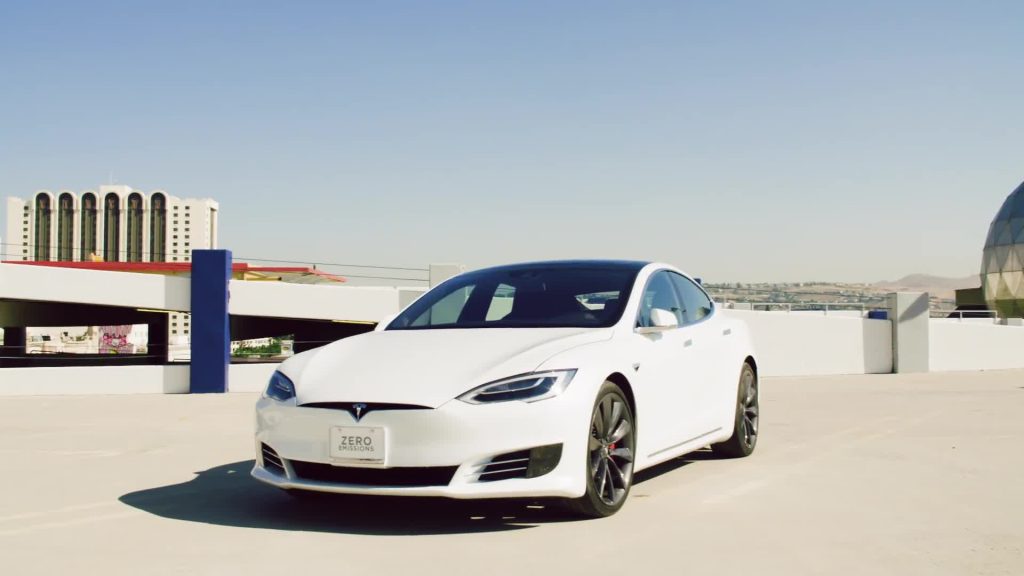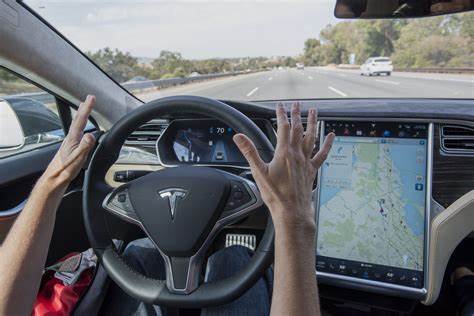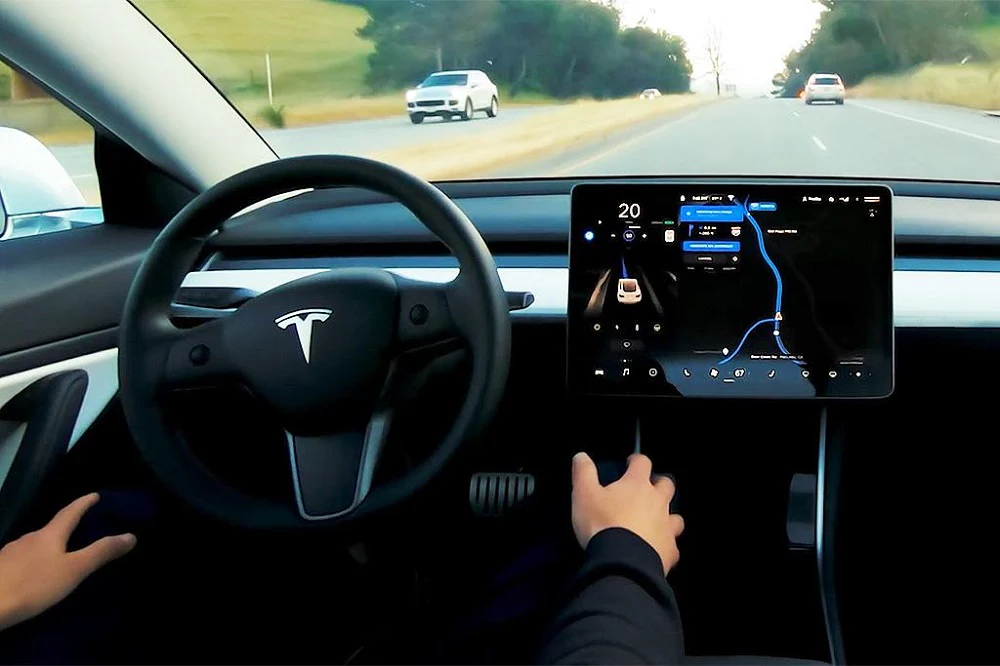In recent years, autonomous vehicles have garnered significant attention, with Tesla leading the charge in self-driving technology. The electric vehicle manufacturer, known for its innovative approach, has made strides in developing cars that can drive themselves, a concept once reserved for science fiction. In states like Arizona, where innovation and technology thrive, Tesla’s self-driving cars are becoming an increasingly familiar sight on the roads. As the technology continues to evolve, questions arise: Is the future of transportation already here, or is there still a long way to go before full autonomy is achieved? In this article, we explore Tesla’s self-driving technology, how it’s being implemented on Arizona’s roads, and the potential implications for the future of driving.
Tesla’s Autopilot and Full Self-Driving Technology: Understanding the Basics

Tesla has long been at the forefront of electric vehicle development, but its innovations extend beyond the battery. One of the company’s most significant technological advancements is its self-driving capabilities. Tesla vehicles equipped with the company’s Autopilot and Full Self-Driving (FSD) technology are designed to offer a semi-autonomous driving experience, with the goal of eventually achieving full autonomy.
Autopilot vs. Full Self-Driving
Tesla’s Autopilot is a driver assistance system that offers features such as adaptive cruise control, lane centering, and automatic lane changes. While it’s not fully autonomous, Autopilot provides a significant degree of automation to assist drivers on highways and other clear roads.
On the other hand, Tesla’s Full Self-Driving package takes things a step further, enabling additional capabilities like automatic lane changes on city streets, recognizing traffic signals, and performing parking maneuvers. However, even with the Full Self-Driving feature, Tesla cars still require driver supervision and intervention if necessary, as the technology has not yet reached full autonomy.
The Role of Arizona’s Roads in Tesla’s Self-Driving Development
Arizona has become a hub for testing and deploying autonomous vehicles, largely due to its favorable weather conditions and more lenient testing regulations compared to other states. The warm climate allows for consistent year-round testing, while the state’s open roads and diverse landscapes offer real-world conditions for autonomous vehicles to navigate.
Tesla’s self-driving technology has been actively tested on Arizona’s roads, with many Tesla owners utilizing Autopilot and Full Self-Driving features in their daily commutes. The state has become one of the main locations where Tesla’s self-driving technology can be tested on public roads, providing valuable data for Tesla to refine its software and improve the overall driving experience.
A Look at Arizona’s Regulations
Arizona’s relaxed regulations surrounding autonomous vehicle testing have played a crucial role in making it a prime location for Tesla’s self-driving initiatives. The state does not require a human driver to be present behind the wheel while a self-driving car is in operation, a rule that sets Arizona apart from many other states. This allows Tesla’s autonomous systems to operate with minimal human intervention, making it an ideal place for the company to test and collect data on its vehicles’ performance.
Testing in Diverse Environments
Arizona’s varied geography, which includes urban areas like Phoenix and Scottsdale as well as desert roads and rural highways, provides an excellent testing ground for Tesla’s self-driving technology. From complex city traffic to open highways, Tesla vehicles are tested in a wide range of environments, allowing the company to fine-tune its software to handle different scenarios.
The Progress of Tesla’s Self-Driving Technology
Tesla’s self-driving technology has made significant progress over the past few years, with updates and improvements being released regularly through over-the-air software updates. The company’s vehicles are constantly learning from real-world data, helping to improve the software’s accuracy and reliability. Tesla’s ability to collect data from its massive fleet of vehicles has been a crucial factor in accelerating the development of its autonomous systems.
Advanced Sensors and Machine Learning
At the heart of Tesla’s self-driving technology is a combination of advanced sensors, cameras, and machine learning algorithms. Tesla vehicles are equipped with eight cameras, radar, and ultrasonic sensors that provide a 360-degree view of the car’s surroundings. These sensors feed data to the car’s onboard computer, which uses machine learning algorithms to process the information and make decisions in real-time.
As Tesla continues to gather more data, its system becomes better at recognizing and responding to various objects, obstacles, and traffic conditions. The technology is continuously evolving, with Tesla working to improve the system’s ability to handle complex driving scenarios, such as navigating intersections, detecting pedestrians, and adapting to changing weather conditions.
Software Updates and Continuous Improvement
One of Tesla’s biggest advantages is its ability to deliver software updates over the air. This allows the company to make improvements to its self-driving technology without requiring drivers to visit a service center. Over-the-air updates enable Tesla to fix bugs, introduce new features, and enhance the performance of the Autopilot and Full Self-Driving systems in real-time.
The continuous improvement of Tesla’s software is key to advancing the company’s vision of fully autonomous vehicles. With each update, the system becomes more capable, with the potential to one day operate without any driver intervention.
Challenges and Limitations of Tesla’s Self-Driving Technology
While Tesla’s self-driving technology has made impressive strides, it’s important to acknowledge that the system is not without its challenges and limitations. Full autonomy, where a vehicle can operate without any human input, is still a long way off. Tesla’s current system relies on driver supervision, and drivers are required to remain alert and ready to take control of the vehicle if necessary.
Navigating Complex Scenarios
One of the biggest challenges for Tesla’s self-driving technology is the ability to navigate complex scenarios, such as construction zones, unexpected road closures, and unpredictable human behavior. While Tesla’s software is constantly improving, there are still situations where the system may struggle to make the best decision. In these cases, human intervention is necessary to ensure safety.
Ethical and Legal Concerns
As self-driving technology becomes more prevalent, ethical and legal concerns will continue to surface. Issues such as liability in the event of an accident, how to handle decision-making in life-or-death situations, and the potential loss of jobs in the driving industry are all topics that need to be addressed as autonomous vehicles become more widespread.
The Future of Tesla’s Self-Driving Technology on Arizona’s Roads
As Tesla continues to refine its self-driving technology, it’s clear that Arizona’s roads will play a crucial role in the development of autonomous vehicles. The state’s relaxed regulations and diverse terrain provide an ideal environment for testing and collecting data, which will help Tesla improve its technology.

What’s Next for Tesla?
Looking ahead, Tesla plans to further improve its Full Self-Driving system, with the goal of eventually achieving full autonomy. The company continues to push the boundaries of what is possible in the realm of self-driving technology, and as software improvements continue, it’s likely that Tesla’s self-driving cars will become more capable and reliable.
Will Full Autonomy Arrive Soon?
While full autonomy is not yet a reality, Tesla’s self-driving technology is rapidly progressing. As the company refines its software and gathers more data, it’s only a matter of time before we see vehicles capable of driving themselves without human supervision. Arizona, with its open roads and favorable conditions, will undoubtedly continue to be at the forefront of this exciting technological evolution.
Conclusion
Tesla’s self-driving technology is undeniably transforming the way we think about transportation. With Arizona serving as a key testing ground, the future of autonomous driving is unfolding before our eyes. While there are still challenges to overcome, Tesla’s progress in developing self-driving cars is an exciting glimpse into the future of mobility. As technology continues to advance, it’s clear that self-driving cars could soon become a common sight on Arizona’s roads, and eventually, on roads across the nation.

Leave a Reply